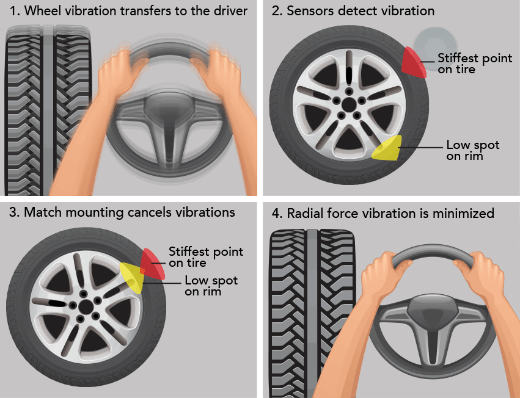Most drivers have experienced a flat tire at some point in their lives. If you’ve been in this unfortunate situation, you know the sinking feeling of seeing your vehicle with a flat tire. Blowouts that occur on the road late at night or in inclement weather are more than an inconvenience; they often create a situation that can seriously jeopardize a driver’s safety. There is no sure way to prevent flat tires, but general tire maintenance and an awareness of the underlying causes can help reduce the occurrence.
1) Puncture by Sharp Object
The most common cause of a flat tire is by a puncture due to a sharp object, such as nails or glass. Avoid puncture blowouts by driving around debris in the road or in parking lots whenever possible.
2) Failure or Damage to the Valve Stem
Valve stem issues are another common cause of tire problems. The valve stem is the tiny protrusion from your tire that you unscrew when you need to inflate it. A damaged or corroded valve stem can cause air to leak out of the tire, making it go flat. Loose or dirt-clogged stems can also cause tires to lose air.
3) Rubbed or Ripped Tire
A worn or ripped tire can create a dangerous situation for you and for other drivers on the road. Be sure to always check your tires for damage, such as deeply scuffed or worn areas or uneven wear on one side of the tire.
4) Tire Bead Leaks
Sometimes, air will leak from the tire bead, which is the edge of the tire that rests on the rim. This leak can cause the tire to become flat over time. To check if there is a problem with the tire bead, spray your wheels and valve system with soapy water. If a steady stream of tiny bubbles emerges, you probably have a tire bead leak.
5) Vandalism
Typically, vandalism consists of someone letting the air out of your tires, which is easily remedied and will not result in the need for a replacement: simply reflate the tire and be careful where you park your car in the future.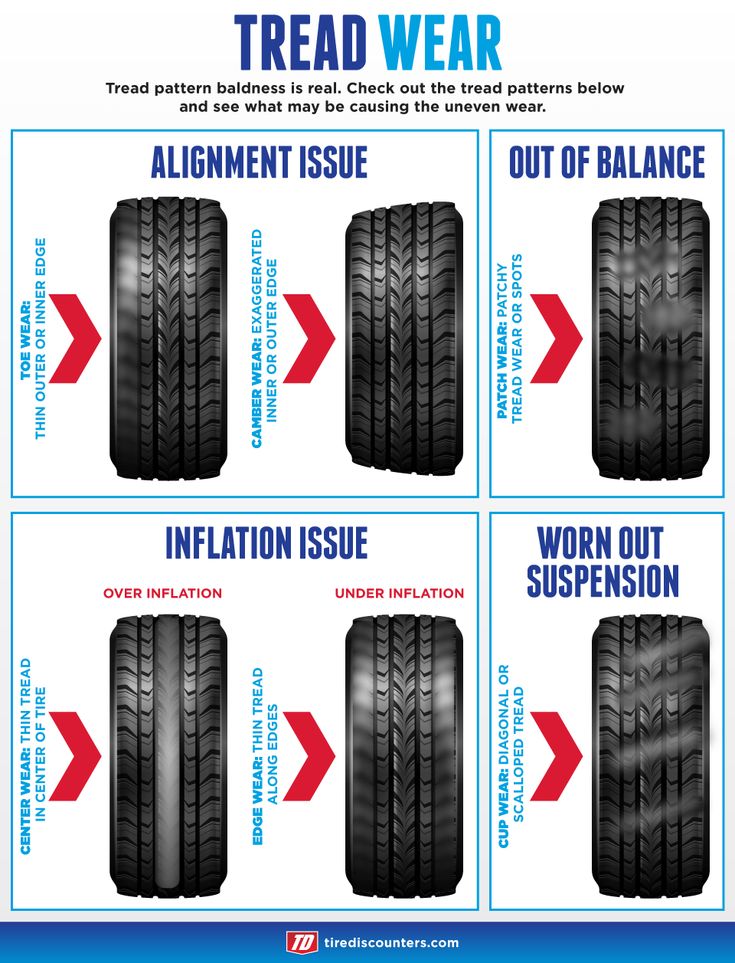
6) Separation of Tire and Rim by Collision with Another Object
This type of separation usually occurs when your tire pops a curb or if you rub the wheel sharply against the sidewalk while parking. The tire slips slightly from the rim, causing a slow loss of air over time. This is generally not something you can fix on your own, but an experienced car mechanic will have the tools to take care of this easily.
7) Over-Pumped Tires
An over-pumped tire can create a dangerous pressure situation, often resulting in a blowout. To learn how to properly check tire pressure, see this detailed guide.
8) Alloy Wheel Leaks
Car owners with aluminum wheels are encouraged to regularly check their tire pressure. If leakage becomes a recurring problem, bring your car to a mechanic for a professional fix.
9) Road Hazards
Potholes, uneven roads, and unexpected debris can wreak havoc on your car’s wheels, axles, and undercarriage.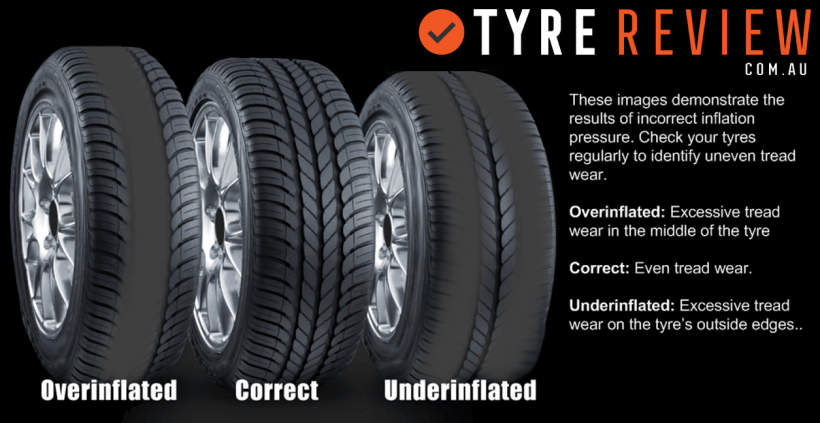
10) Unexpected Damage
Sometimes there is no way to prevent a flat tire. Always drive safely and carefully, and follow proper procedures if you experience an unexpected blowout on the road: don’t slam on the brakes, allow the car to slow naturally while steering to the side of the road, turn on your hazard lights, and don’t attempt to change the tire yourself unless you are several feet from moving traffic.
Thankfully, the roadways in Southern California are wide and well maintained, allowing for a generally smooth driving experience. However, a flat tire can happen to anyone, so it’s important to remain vigilant when it comes to car maintenance and safety. If you’ve experienced a flat tire and need the help of a professional, or if you require a replacement, the friendly team at Evans Tire is ready to help. Call today!
Having a flat tire is not only a nuisance – sometimes, it can actually be dangerous.
But what causes our tires to go flat? And what can we do to help keep it from happening in the future? Read on to learn more about the six most common causes of flat tires, and what you can do to help minimize the chances of it happening to you.
One of the most common reasons for flat tires is also the most obvious – a puncture from a sharp object on the road, such as a nail, piece of glass, a screw, an industrial staple, or other sharp debris.
How to Avoid it: Avoid tire punctures and blowouts by driving around debris on the road whenever you can. If you’re driving through a parking lot, watch for garbage and debris left on the ground, such as broken glass bottles. Drive carefully near construction zones, and on poorly-maintained roads.
No driver is a fan of potholes, uneven roads, or unexpected debris – not only are they annoying, they can wreak havoc on your vehicle’s axles, undercarriage, and wheels. Simply put, the worse the road condition, the greater your chances of one of getting a flat.
Simply put, the worse the road condition, the greater your chances of one of getting a flat.
How to Avoid it: As always, safe driving is the number one preventative measure you can take in order to keep bad road conditions from damaging your tires. If you are forced to drive on a road that is not in the greatest condition, you’ll want to make sure to slow down your driving speed, leaving extra space between your car and the one in front of you. That way, you can have more reaction time in order to watch for potholes, bumps in the road, and debris – and safely maneuver your car around them.
There’s not always one definitive, major reason for a tire going flat. Sometimes, the normal wear and tear that our tires go through is enough to cause them to go flat. Over time, normal driving will eventually wear down the tread on your tires, leaving them more susceptible to the everyday hazards of driving and increasing their chances of going flat.
How to Avoid it: It’s perfectly normal for your tires to wear and tear over time. There are a few things you can do, however, to help minimize it – avoiding fast starts and stops, getting your wheels aligned regularly, maintaining your recommended tire pressure, and getting your tires rotated regularly can help extend the life of your tires and help prevent them from going flat.
If your tire has no obvious signs of a puncture, check the valve stem to make sure it is not leaking. A leaky and damaged valve stem can cause your vehicle’s tires to go flat.
How to Avoid it: When going in for a regular car maintenance check or visiting your local tire shop, you can ask them to inspect the state of the valve stem. If it has become too old or dirty, it will most likely need to be replaced, which is something they can do for you.
For a safe ride, it’s important your vehicle has the correct tire pressure level. If your vehicle’s tires aren’t inflated properly, they can cause internal tire damage which can potentially cause a serious injury on the road.
If your vehicle’s tires aren’t inflated properly, they can cause internal tire damage which can potentially cause a serious injury on the road.
How to Avoid it: Ideally, tire pressure should be checked at least once a month and part of a routine car maintenance plan. You can check tire pressure by using a tire pressure gauge or having a certified mechanic do it for you.
Sometimes, the culprit of a flat tire isn’t a sharp object, a pothole, or even normal wear and tear. Did you know that your tires are most likely to go flat in the summertime? That’s because heat can actually cause a flat tire.
When the mercury rises, it causes the air in your tires to expand, and that increases the internal pressure in your tires – which, in turn, increases your risk of a leak or blowout.
How to Avoid it: Before you get out on the road, check your tire pressure – this will give you a more accurate reading than after you’ve been driving in the sun.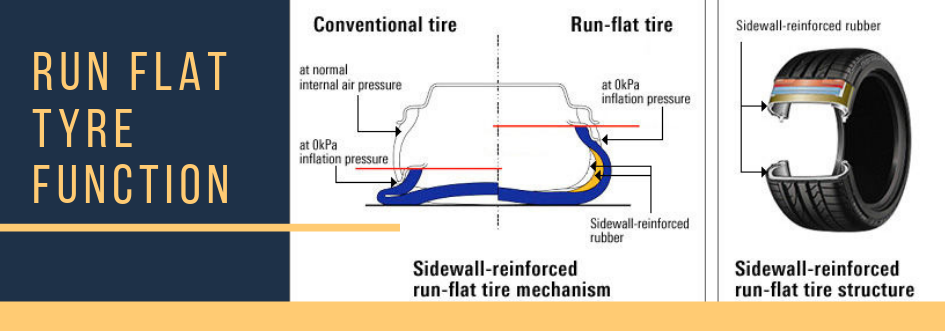 In the summer, it’s especially important to make sure you maintain proper tire pressure, and avoid driving with over-inflated tires.
In the summer, it’s especially important to make sure you maintain proper tire pressure, and avoid driving with over-inflated tires.
Your Basic At-Home Tire Repair Kit
What You Need to Know About Winter Tire Pressure
Is Your Car Road Trip Ready? 7 Questions to Ask
Car Category
October 15, 2018
The dreaded flat tire: it’s a common annoyance that most drivers have experienced at one time or another.
Facebook Twitter Courriel
Most cars are equipped with tubeless wheels that maintain pressure in the tire during a puncture.
They guarantee safe driving even when flat, and with little damage they can hold their shape for several days. Despite their practicality, you should immediately look for the causes of wheel leaks. If you do not repair a punctured car tire in advance or do not fix warped alloy wheels, the operation of the car will lead to an emergency.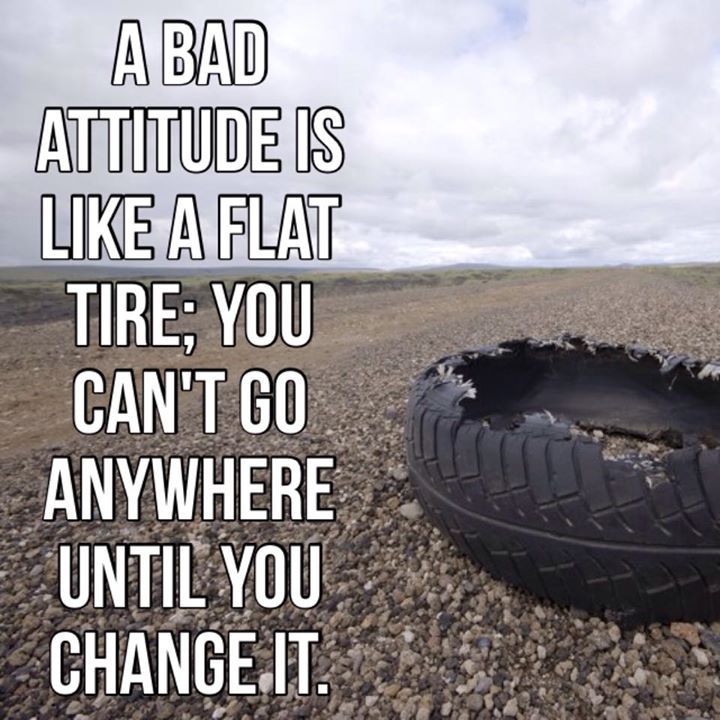
Since even tubeless tires flatten for no apparent reason, you need to carefully inspect the car and the condition of the wheels in order to detect a malfunction in advance. This will help to avoid a number of problems during the trip. Driving with flat tires adversely affects the performance of the machine. The vehicle has poor traction, the steering wheel pulls to the side with a bad tire, acceleration and braking are deteriorating. If the tires of the car are slowly deflated, this leads to increased fuel consumption.
To understand the problem, let's examine the reasons for which it releases air:
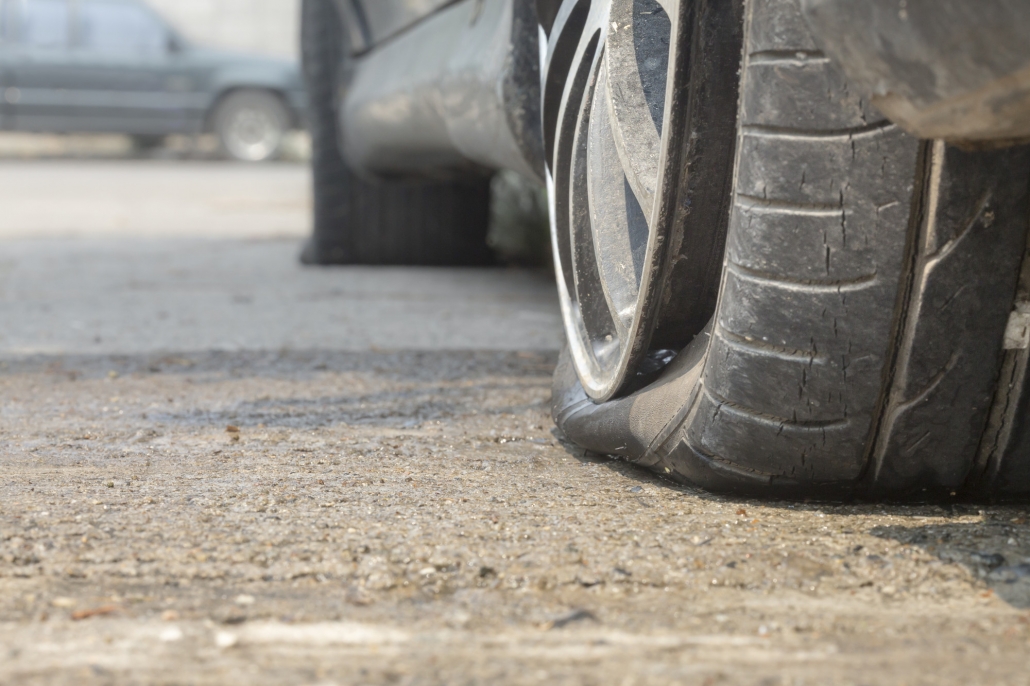 Since the screw or nail remains in the tread, the air escapes slowly, which allows you to safely drive to the service. Pulling out the item yourself, if it is not possible to immediately fix the wheel, is not worth it. This will lead to depressurization.
Since the screw or nail remains in the tread, the air escapes slowly, which allows you to safely drive to the service. Pulling out the item yourself, if it is not possible to immediately fix the wheel, is not worth it. This will lead to depressurization.  The problem is fixed in the profile service by aligning the rim of the alloy wheel.
The problem is fixed in the profile service by aligning the rim of the alloy wheel. It is often difficult to find the reason why the air in the wheel slowly bleeds. Even the masters can not always immediately detect a malfunction. You can find the problem yourself in the following way - pump over 1-2 atmosphere and listen to see if air comes out. If no sound is heard, then the wheel is wetted in a soapy solution and lowered into water. The area where air will begin to bubble will be the puncture site.
In cases where the wheel bleeds air on the car, but does not deflate when it is removed, it is necessary to disassemble and wipe the inside of the tire. In the presence of sharp objects, the fabric will catch on, indicating the puncture site.
In the presence of sharp objects, the fabric will catch on, indicating the puncture site.
Detect the causes of rubber puncture near the nipple, on the rim of the alloy wheel or in the tread using indirect causes: ;
If the tire on the car began to slowly deflate as a result of a side cut, then such a repair is not easy even for masters. Unlike a tread puncture, the area near the rim of an alloy wheel is softer and thinner. This does not allow you to put a patch or install a harness. Even after removing the cause, the damaged wheel will slowly bleed under load.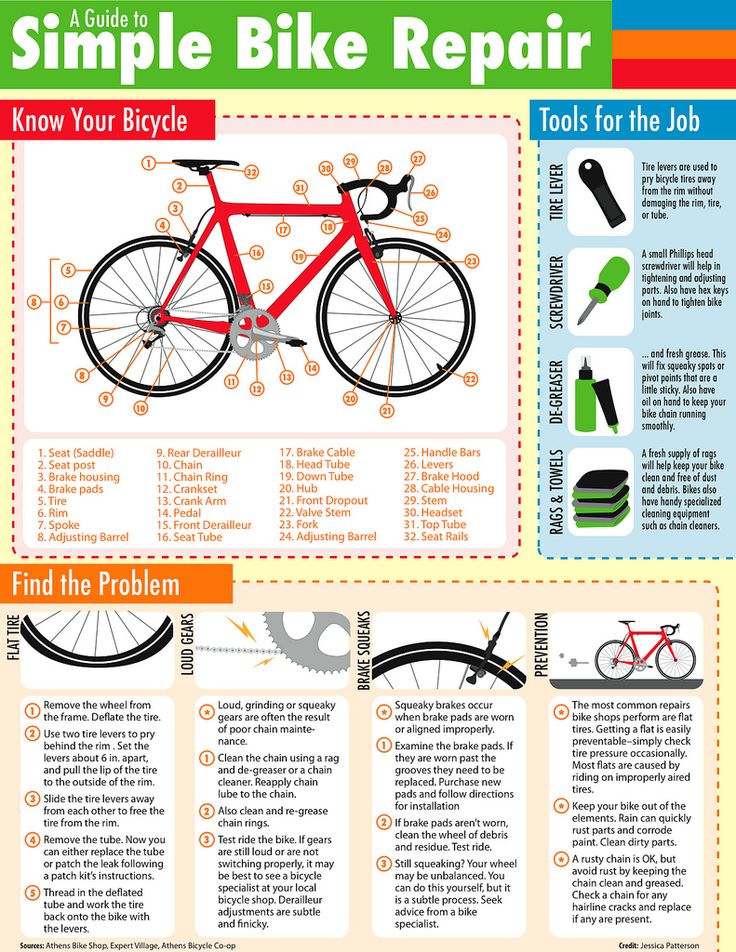 Also, repairing a side puncture is dangerous because it affects the durability of the tire. Therefore, with a strong side cut, it is better to change the wheel to a new one.
Also, repairing a side puncture is dangerous because it affects the durability of the tire. Therefore, with a strong side cut, it is better to change the wheel to a new one.
In the event that a tread puncture is the cause of air bleeding, the tire can be easily repaired. It is important that in this case the rim of the cast disk is not damaged, and the hole size is no more than 4-5 mm. If a larger object hits, it will not be possible to repair the wheel on your own, so you need to sign up for a service station. If the tire on the car descends slowly, and the puncture diameter is several millimeters, a rubber band, glue and an awl will be needed for repair.
If the tire bead does not seal against the rim, the defect in the cast rim must be repaired first. There are many reasons why a dent appeared on the surface - due to falling into a hole at speed, upon contact with the curb. If you do not align the disk, the tire will slowly deflate, it may depressurize when driving a car. Dents are "rolled" in the service. You can fix the breakdown on your own on the road with the help of a heavy object - sometimes it is enough to hit the rim with a hammer to stop lowering. However, this is a temporary option.
Dents are "rolled" in the service. You can fix the breakdown on your own on the road with the help of a heavy object - sometimes it is enough to hit the rim with a hammer to stop lowering. However, this is a temporary option.
If the rim is OK and the wheel continues to bleed, the problem may be in the spool. On the road, such a “puncture” can be corrected by pressing hard on the nipple. In case of deformation of the nipple, contact the specialists, as it needs to be changed.
Since the wheel itself may be the reason why the wheel began to deflate, let's look at the problem in more detail. The rim is damaged when hitting a curb, due to old age or improper storage, which affects the tightness of its fit to the tire. Deformation of a cast wheel is also possible due to poor-quality alloy.
In case of advanced corrosion or mechanical damage to the rim, the disc is repaired or replaced with a new one. It is forbidden to pour sealant inside.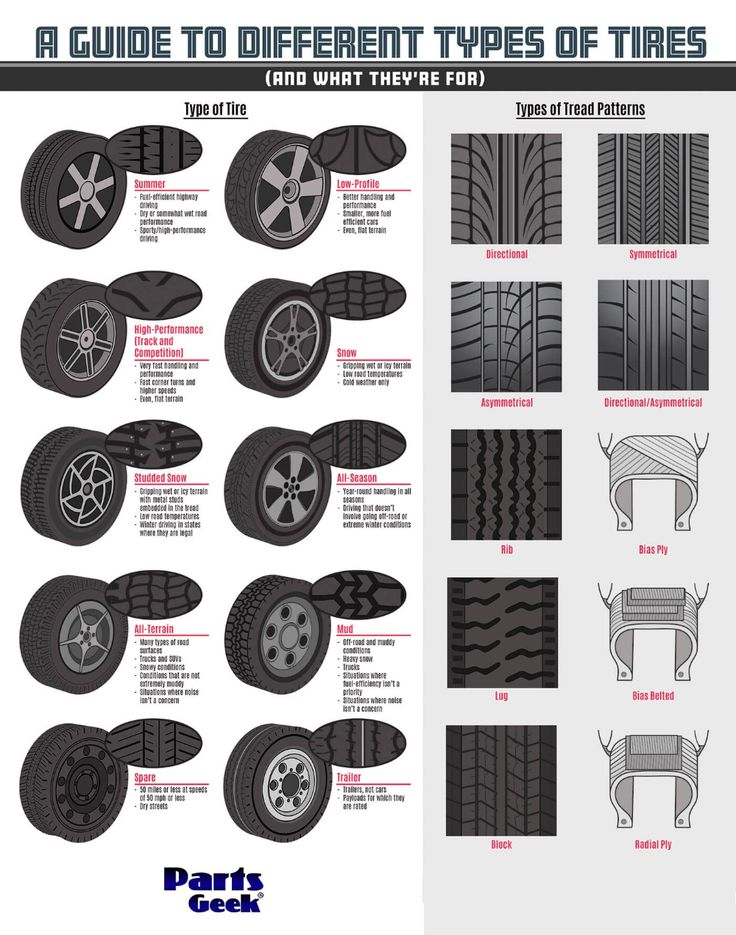 It won't fix the rim problem, but it will definitely ruin the tire.
It won't fix the rim problem, but it will definitely ruin the tire.
Winter Drive protection
Tires Goodyear UltraGrip Arctic 2 SUV
Winter Drive Protection Sound Comfort
Rating:
4.5
Tires Goodyear UltraGrip Ice 2
Winter Drive protection
Tires Goodyear UltraGrip Performance+ SUV
Winter Drive protection
Tires Goodyear UltraGrip Arctic 2
Winter Drive Protection Run On Flat Sound Comfort
Tires Goodyear UltraGrip Performance+
There are many reasons why a tire deflates. First of all, punctures occur due to foreign objects that are found on the roads - screws, metal fragments, glass and other debris. Breakage can occur due to a rim that has fallen into a hole, which cracks and begins to bleed air. Tires can also be damaged due to a malfunctioning suspension of the car, which increases the load on the rubber.
First of all, punctures occur due to foreign objects that are found on the roads - screws, metal fragments, glass and other debris. Breakage can occur due to a rim that has fallen into a hole, which cracks and begins to bleed air. Tires can also be damaged due to a malfunctioning suspension of the car, which increases the load on the rubber.
Having studied the reasons why flat tires, let's summarize. In order not to create an emergency during the trip, you need to check the discs for wear, measure the pressure regularly. If you find a defect, contact a specialist. For repairs in extreme conditions, we recommend having a set of harnesses, keys and a jack in the trunk, it is worth putting a full-fledged spare tire.
Written by: The Goodyear Team
Vladimir Gavrilov
Estimated reading time: 4 minutes
9045
Category: Driving technique
Cars often get stuck in wet snow and begin to skid helplessly.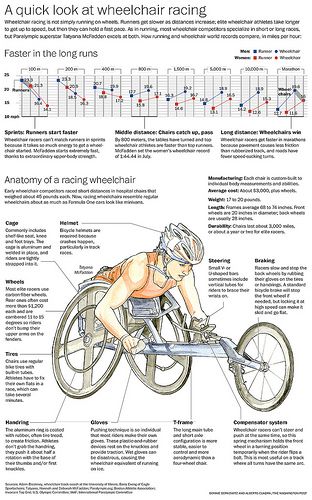 How to get out of the trap without resorting to special equipment, such as a winch, rope and snow chains?
How to get out of the trap without resorting to special equipment, such as a winch, rope and snow chains?
Abundant snowfalls and thaw turn courtyard areas into a snow trap. The softened snow is pressed through, and the outgoing transport rolls deep ruts. The longer the winter, the deeper they get. As a result, a simple entry and exit turn into a test for equipment. On flat areas, you can skid so much that you have to tinker hard until you pull the car onto a free road. How to seamlessly bypass the rut?
Often after snowfalls you see how during slippage some motorists turn the wheels until the clutch burns out. Others are more cautious and try to rock the car. If this does not help to get out, then they put planks, branches of shrubs and rags from the nearest garbage cans under the wheels. But such devices do not always work. Experienced drivers who are well acquainted with the peculiarities of Russian winters advise getting out of captivity in a different way: on flat tires.
If the yards are at least cleaned a little and the main problem is hollows and ruts where the wheels hopelessly slip, then you can deflate the tires by half. Enough about 1.2-1.0 atmospheres to get a good hold. About the same pressure is used by jeepers to travel through mud and sand.
The physics of the process can be described as follows. A half-flat tire becomes limp and spreads under the weight of the car. The contact patch increases, and with it the pressure of the machine on the surface decreases. But the main thing is different. The flattened rubber forms an additional lip that works like snow chains wrapped around a tyre. The edge cuts into the ice and prevents the wheel from slipping. In addition, an additional shoulder of force is created, the rubber adheres more closely to the surface, breaks through the water film, scratches behind the ice tread and creates friction force. The larger the rubber edge, the less likely it is to break the wheels into slip. Therefore, on half-flat wheels, the car is easier to get out of a slippery rut.
Therefore, on half-flat wheels, the car is easier to get out of a slippery rut.
But rutting is a danger not only at home, but also on an intercity highway. The track there is much smaller and only about two centimeters high, but its tortuosity and torn edges cause problems with directional stability. Due to transverse vibrations, yaws are formed. For example, a car rushes straight, and then gets into a section with torn edges and rushes about in shaking, so much so that the steering wheel breaks out of your hands. It happens that due to vibrations, the front wheels jump out of the rut, while the rear ones remain in it. At this point, the car may skid. And it depends only on the skill of the driver whether he can straighten the car.
Yaw problems can be alleviated by lowering tire pressure. If the tires are inflated to about 1.5 atm, then they react less to buildup and, due to softness, smooth out side slips that cause yaws. True, it is impossible to accelerate on under-inflated wheels over 80 km / h.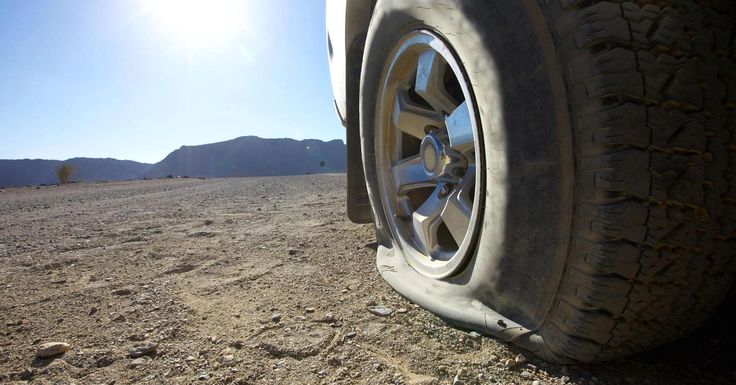 Otherwise, a tire that has lost its rigidity during sudden braking or during lateral overloads can break and jump off the rim, which will lead to a sharp drop in pressure and loss of control.
Otherwise, a tire that has lost its rigidity during sudden braking or during lateral overloads can break and jump off the rim, which will lead to a sharp drop in pressure and loss of control.
Under-inflated wheels are also useful for driving on snow. For example, if the driveways to rural houses are skidded, but you need to get to the dacha, then you can lower the tire pressure to 0.5 atm. Then the contact patch of the wheels will increase by more than one and a half times and the pressure on the surface will decrease. The car will fall through less and be able to drive through a snowy area. The owners of off-road vehicles are aware of this technique and travel on flat tires not only on virgin snow, but also on loose sand.
True, with such pressure it is absolutely impossible to slip and accelerate over 40 km / h, since tires that are three-quarters flat cease to hold loads and can be easily disassembled if the accelerator is inaccurately acted upon. As soon as the snow-covered area has been passed, the pressure must be raised again to the values prescribed by the instructions.